A Short History of Tassels
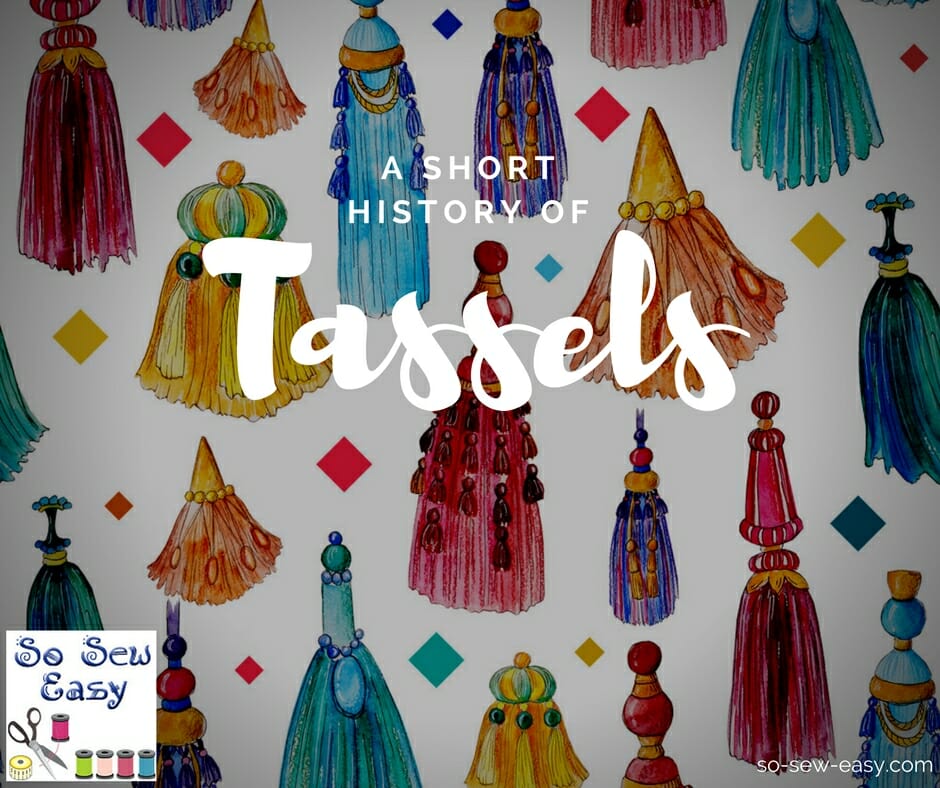 Introduction
Introduction
As promised, I wanted to go into a little more detail for you on the fascinating history of tassels and how tassels and their use has evolved over time. In a previous article, we talked about how tassels have been made as embellishments, ornaments, and decorations dating back to ancient Rome and up until the present time. Starting with a simple knot and evolving into a decorative addition, the tassel has certainly come a long, long way. Not many people know that the history of tassel goes back to ancient Egypt and the biblical times, finding its way on garments, blankets, rugs, carriages, chandeliers, canopies, draperies and pillows, in various cultures from all over the world!
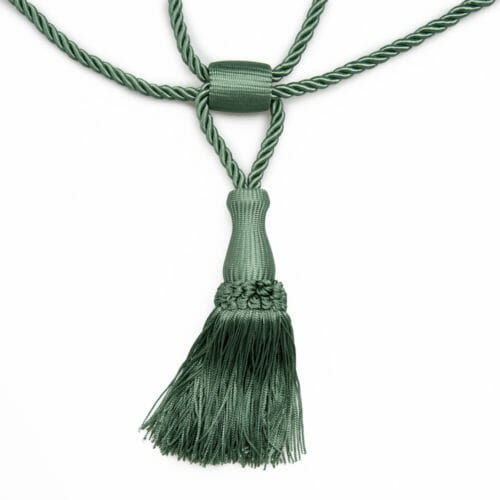
Tassels During the Ancient and Biblical Times
According to the Hebrew bible, the Lord instructed Moses to tell the people of Israel to attach tassels on the corners of their garments. This should be done to help them follow the Lord's commandments. Known in Hebrew as the “Tzitzit”, tassels are specially knotted ritual ornaments worn by Israelis since Antiquity. Deuteronomy also wrote that tassels should be attached to the four corners of daily clothes. Later, many believed, however, that there is no need not wear the tassels any more because it is the the Holy Spirit that reminds them of God's commandments citing one of John's scriptures. At present, it is the devout Jews and Samaritans who continue wearing the tzitzit, attaching them to the four corners of their prayer shawls and daily undergarments.
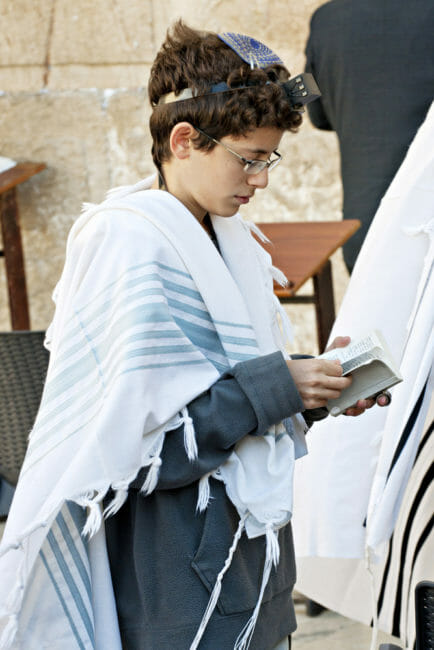
In ancient Rome, tassels, which comes from the Latin word tassau meaning a clasp at a garment's neck, became popular in 330 AD when Byzantine Roman emperor Constantine issued a decree that all Christians should be properly clothed. This led to a high demand for tassels but it was not until 540 AD when Emperor Justinian and two Persian monks made the tassel a symbol of power for the royal and aristocratic families of the West by smuggling silk worms from China. The evolution of tassels as a weaving knot for garments into a talisman and symbol of power is on the way.
Elsewhere in the world, the tassel also made its impact in fashion. The young Egyptian pharaoh Tutankhamen was unearthed wearing tassels around his neck. In the Middle East, tassels were used as talismans and were commonly seen in head wears. Throughout the Arab world especially Egypt and Mesopotamia, tassels were used and attached to a child's head gear to protect the young one's from bad spirits as well as drive away demons.
The Catholic church also played an important part in the history of tassel when they used it to signify the differences in hierarchy in its clergy members. And in 17th century France, King Louis XIV commissioned tassels to embellish the costumes of royalties and their residences. Now used as status symbol, the tassel was also used by the French army to distinguish rank on a uniform.
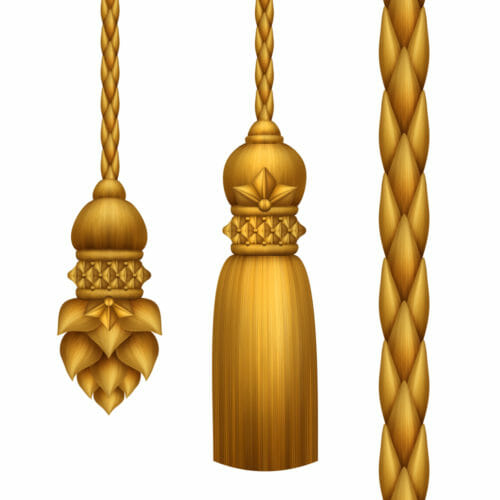
Establishment of the Guild of the Passementiers
It was around the 16th century, when the Guild of the Passementiers established the art of passementerie (the making of trims and braids), that entailed a seven-year of apprenticeship. By this time, a single tassel, made from silk or gold and silver thread, could cost the equivalent of today's a thousands of dollars.
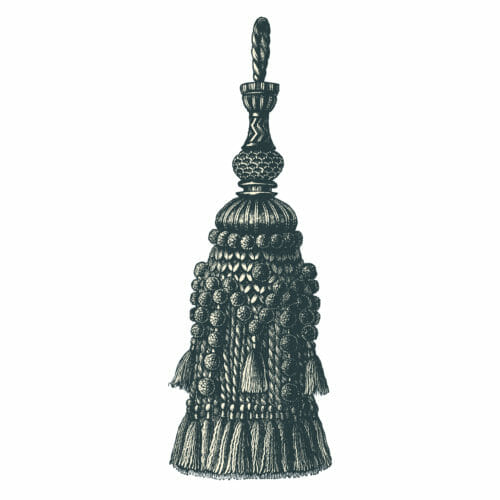
In the 1800's, a new merchant class had emerged in Europe and they had enough money to spend on home decorations. Flaunting their wealth, they trimmed their footmen, horses, carriages, cushions, curtains, keys, and anything that caught their fancies. And at the end of the century, French Emperor Napoleon Bonaparte adorned his throne and bed chamber with elaborate gold tassels and trims.
The Decline and Revival of the Tassel
Approaching the Victorian Era, popular magazines began to create trends and this includes decorating the ladies' shoes, sashes and parasols, with miniature tassels. The trend did not continue very long since in the early 20th Century during the Victorian era, the excesses of the past was shunned. Simple and unadorned aesthetic became fashionable and the use of tassels declined.
During the emergence of the Art Deco Period, new geometric shapes and colors became popular, thanks to the introduction of synthetic materials like Rayon and tassels again became widely used. Oxford and Cambridge scholars started affixing tassels to their graduation caps as a sign of intellectual superiority. The rest of the Western world followed by adding tassels to everything and anything.

Conclusion
Indeed, today you find tassels everywhere like in your handbags, jackets, boots, curtains, pillows, lampshades and well, just about everything and anything. But what is emerging to be a popular trend is using tassels as jewelry. So if you still haven't got a set of tassel earrings, be a part of the history of tassels make one for yourself!
